Saba Misoni, or mackerel simmered in miso, is a classic Japanese dish known for its rich flavor and tender texture. By cooking mackerel in a savory blend of miso, sugar, sake, and ginger, this dish not only enhances the taste but also reduces the fishy odor, making it a comforting and delicious meal. Whether you’re new to Japanese cuisine or already a fan, this article will guide you through the history, regional differences, and tips for making Saba Misoni at home. Read on to discover more about this flavorful and easy-to-make dish!
What is Saba misoni?
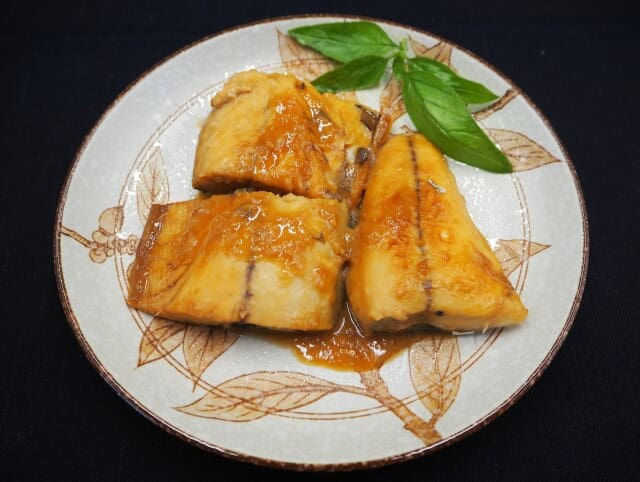
Saba misoni (Mackerel in miso) is a popular Japanese dish where mackerel fillets are simmered in a mixture of miso, sugar, sake, mirin, and ginger. This flavorful dish pairs well with white rice and is one of the most iconic mackerel recipes in Japan. The use of miso helps reduce the fishy odor of the mackerel. This savory-sweet dish is commonly served with white rice and known for its comforting, bold flavors. The miso not only adds depth and richness to the dish but also helps to mask the fishy odor of the mackerel. While locals eat this in the Chubu and eastern regions of Japan, west of Sekigahara, soy sauce-simmered mackerel is more typical. Saba no misoni is sometimes simply referred to as “saba miso.”
Golden ratio of Saba misoni
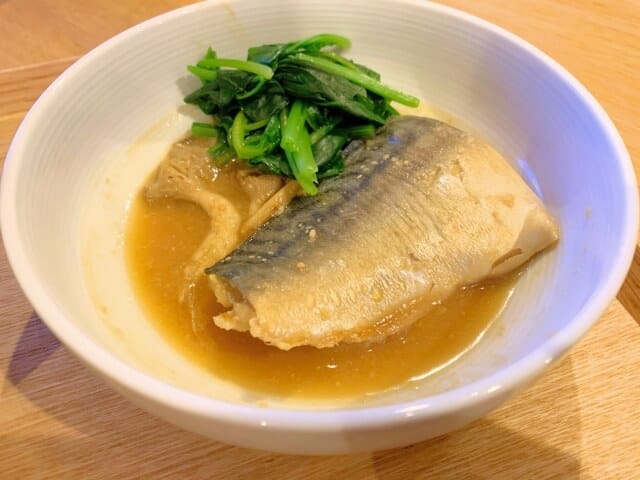
The “golden ratio” refers to the ideal balance of seasonings to create the perfect flavor for a dish, making it easy for anyone to cook delicious food. For miso stew, there are many variations depending on taste preferences, like adding more sugar for sweetness or less for a less sweet result. Here, we’ll introduce a basic golden ratio that works well for most people:1:1:1:1:2. This means equal parts soy sauce, miso, sake, and mirin, with double the amount of sugar. Try this once, then feel free to experiment.
Some info about mackerel
Mackerel (Saba) is widely known as a type of blue fish, with species such as Pacific mackerel and chub mackerel being common. It is a highly nutritious fish, particularly rich in unsaturated fatty acids such as DHA (docosahexaenoic acid) and EPA (eicosapentaenoic acid). Research has shown that these components support cardiovascular health and help to prevent lifestyle-related diseases. Mackerel also contains vitamin D and B vitamins, which promote bone health and aid energy metabolism.
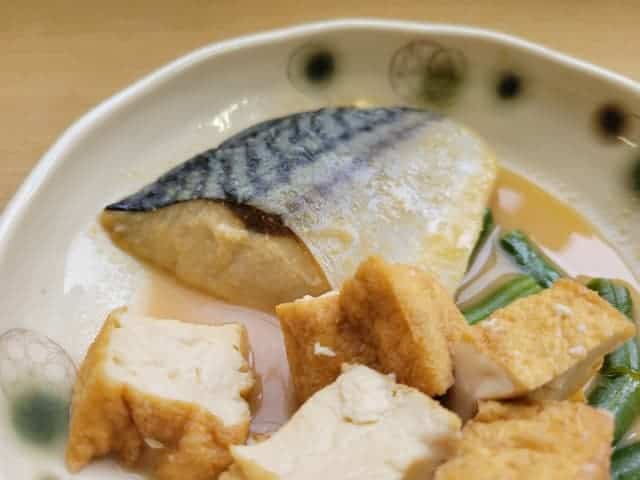
Mackerel has a rich, fatty flavour and can be prepared in a number of ways. It can be enjoyed fresh as sashimi, or cooked as grilled or miso-simmered mackerel, each offering a different flavour. It also has a refreshing flavour when pickled as shime saba. Mackerel is generally in season from autumn to winter, when it becomes particularly fatty and delicious. With its high nutritional value and versatility in cooking, mackerel is an essential fish on the table.
Saba Misoni History
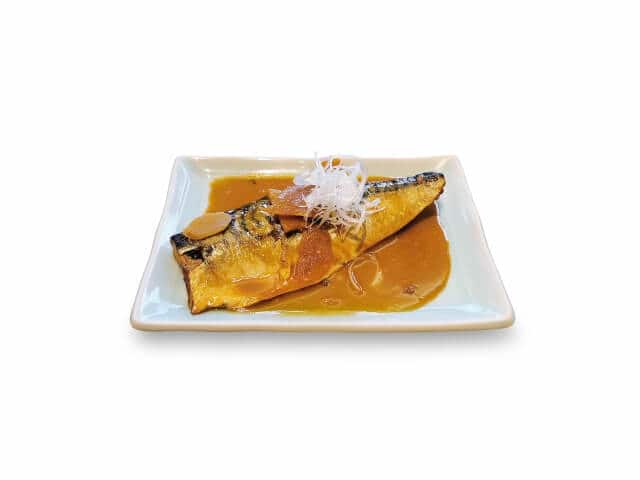
Mackerel miso stew originated in the central and eastern regions of Japan, while in western Japan, fresh mackerel was more available, and soy sauce was preferred as the seasoning. In the Chubu and eastern regions, where mackerel came from further away, stewing it in miso was considered better than using soy sauce. This highlights how regional ingredients and traditions shape the development of dishes. The history of mackerel miso stew adds depth to its flavor, making it more appreciated in these regions.
Saba (mackerel) simmered in miso is primarily enjoyed in the Chubu and eastern regions of Japan, while in western Japan, mackerel is more commonly simmered in soy sauce. This difference illustrates how local climate, ingredient availability, and food culture shape regional cuisine. Each area’s unique cooking style reflects its distinct characteristics, adding to the charm and individuality of the region through its food.
FAQ
- What kind of mackerel is suitable for mackerel simmered in miso?
Mackerel is the best choice for mackerel simmered in miso. Mackerel is fatty and rich in flavor, and is especially in season from fall through winter.
- What is the best way to completely eliminate the smell of mackerel?
Vinegar treatment: Soaking in 1% vinegar water for 20 minutes reduces odor. Salt and sake: Sprinkle the mackerel with salt, let sit for 15 minutes, then sprinkle with sake and pat dry.
Saba Misoni Recipe
Ingredients of Saba Misoni
| Saba Misoni Ingredients for 1 person | Measurements |
|---|---|
| Mackerel | 80g |
| Flower carrot | 15g |
| Cooking sake | 2g |
| Ginger | 1g |
| Dashi stock | 20g |
| Sugar | 2g |
| Mirin | 2g |
| Miso | 6g |
How to make Saba Misoni?
Combine seasonings and prepare broth. When it boils, add the mackerel.
Cover with a lid and simmer until thickened.
Place in a serving bowl and garnish with carrot flowers.
Recommended Restaurants for Saba Misoni
Uoriki (魚力)
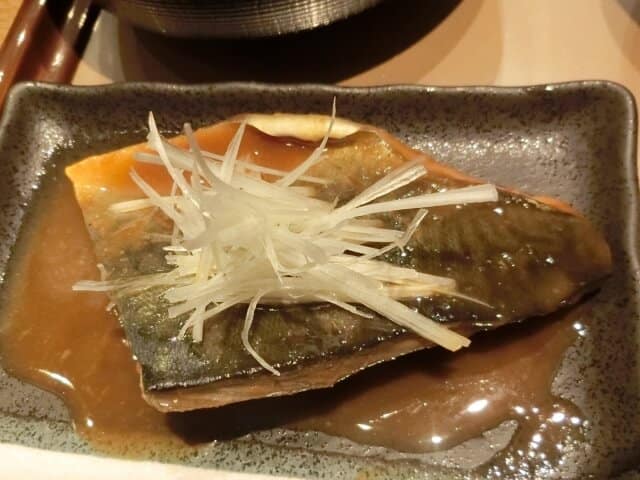
Their Saba miso stew set meal is a specialty dish from this restaurant. The sweet white miso flavor will have you coming back for more rice. You can choose between the belly (kami 1,050 yen) and the tail (shimo 1,030 yen). The restaurant cooked it so softly that you could even eat the bones.
Curry no Trico (カレーノトリコ)

Mixed Mackerel Miso Curry, available for a limited time at Curry no Toriko, is a delightful fusion of flavors where mackerel miso and curry complement each other perfectly. The tender mackerel adds to the dish’s deliciousness. At the same time, the aromatic burst of cumin and the subtle presence of kasuri methi elevate the watery curry, creating a truly unique culinary experience.
Takeaway
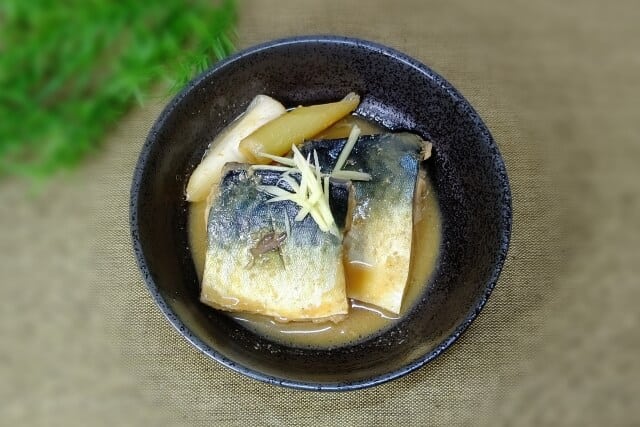
We hope this article has given you a deeper understanding of Saba Misoni and its place in Japanese cuisine. From its rich flavor to its unique cooking method, this dish offers a taste of Japan’s culinary traditions. Whether you’re already familiar with Japanese food or just learning, we encourage you to try Saba Misoni when you visit Japan. It’s a flavorful and comforting dish that we believe you’ll enjoy. Thank you for reading, and we hope you feel inspired to experience it for yourself!
You can check some Japanese seafood dishes that we know you would like to try too.
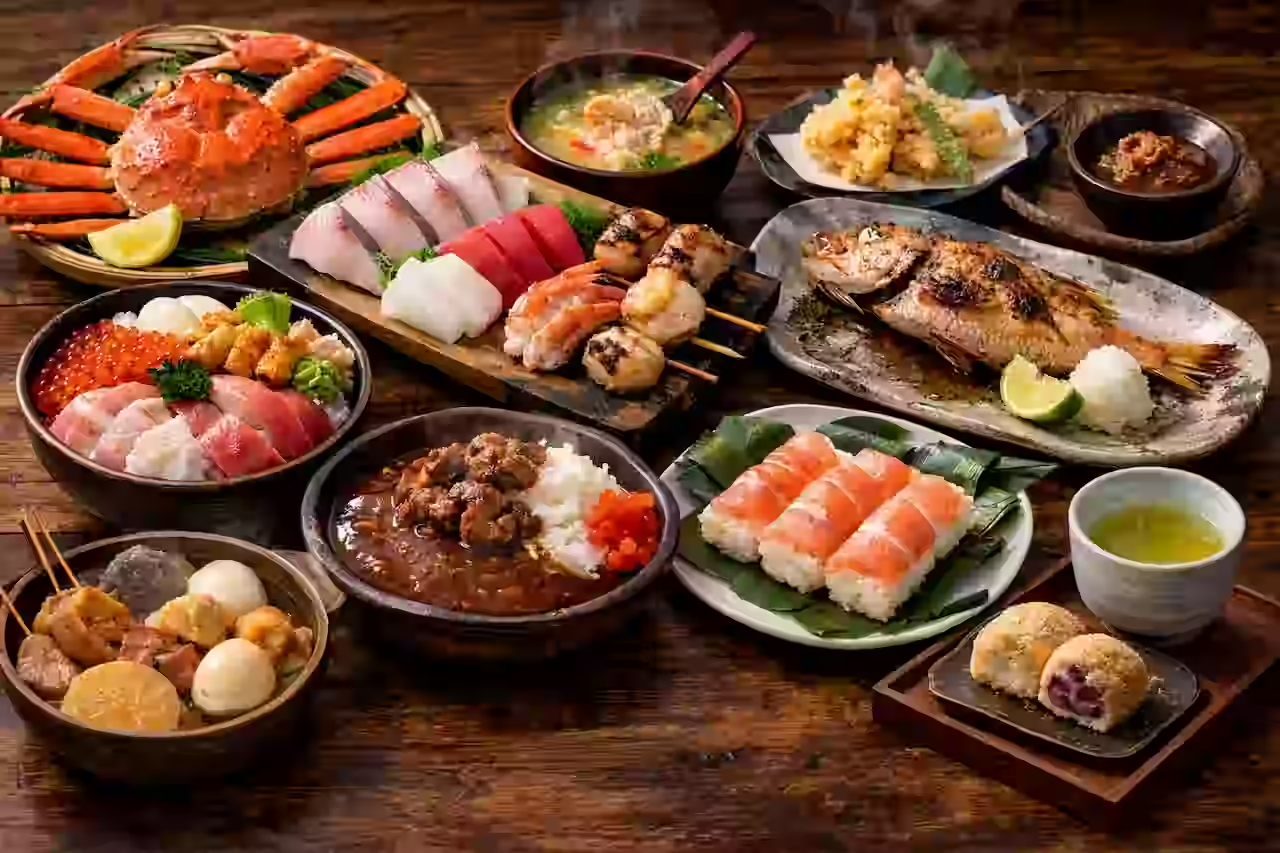
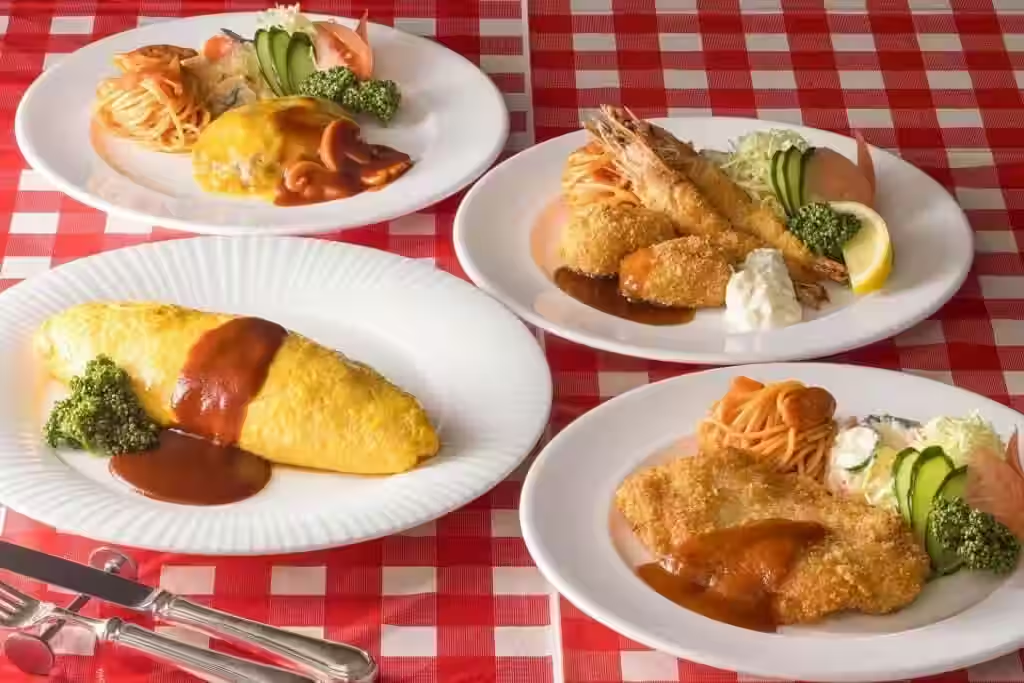
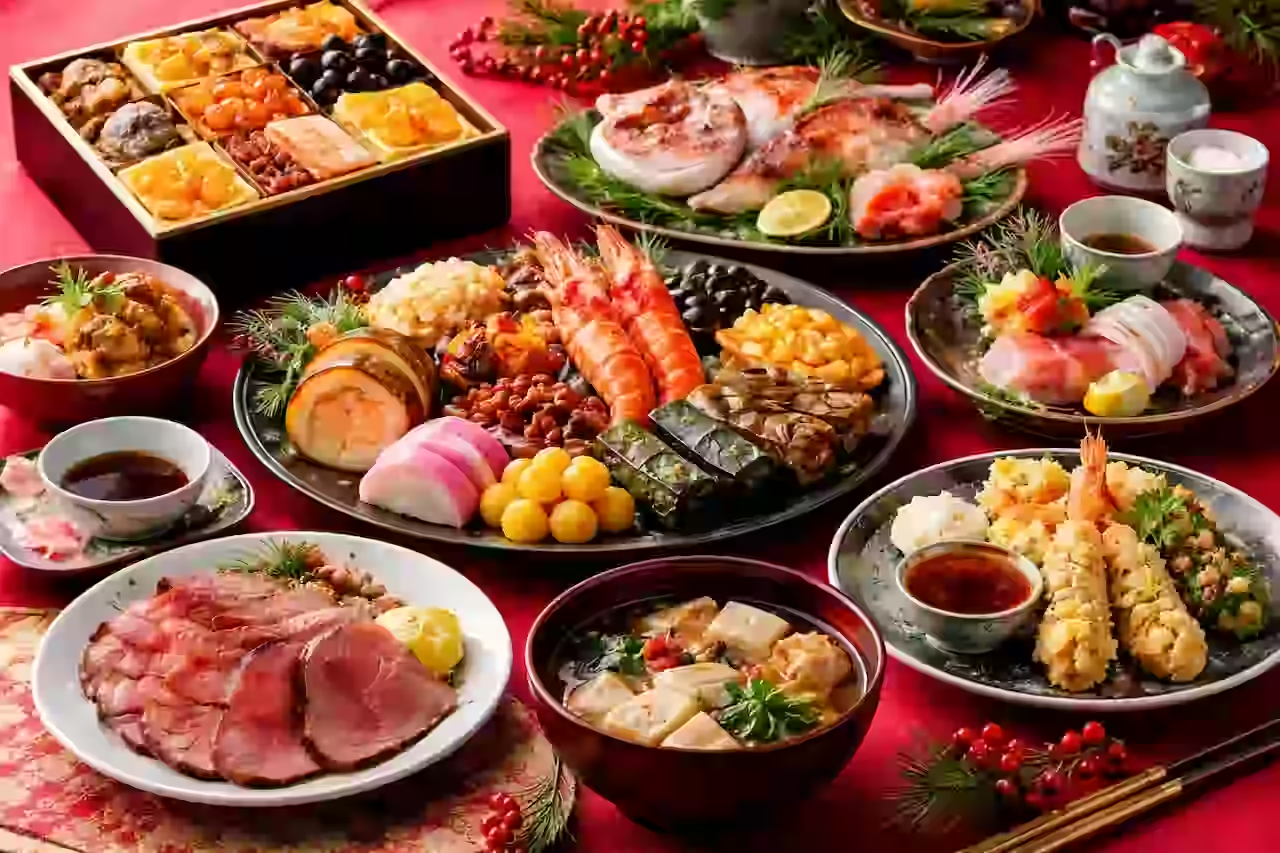
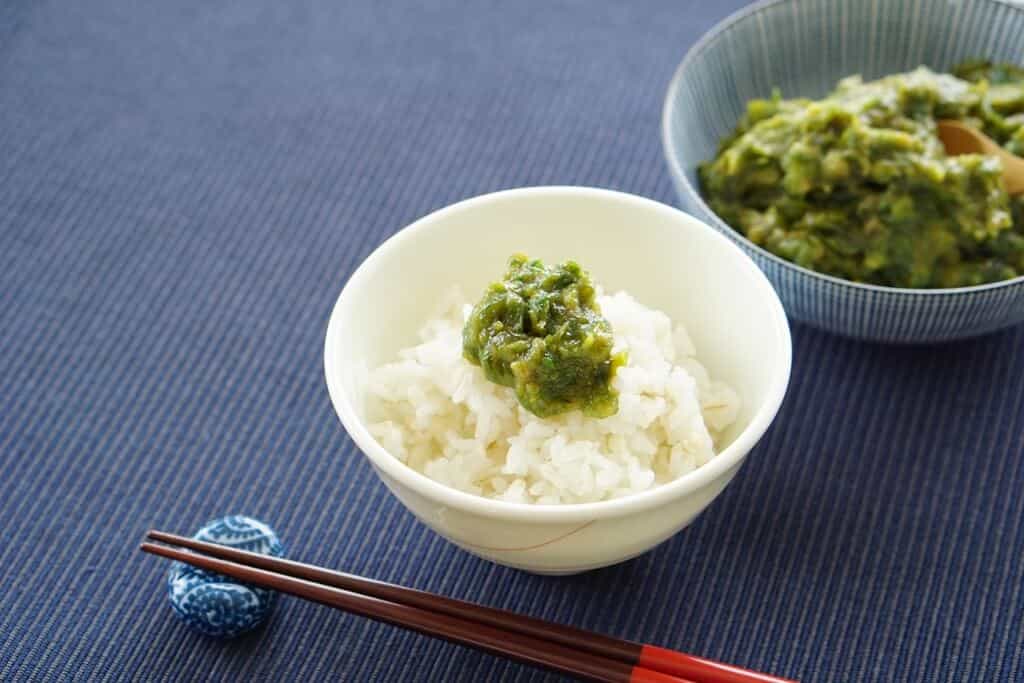
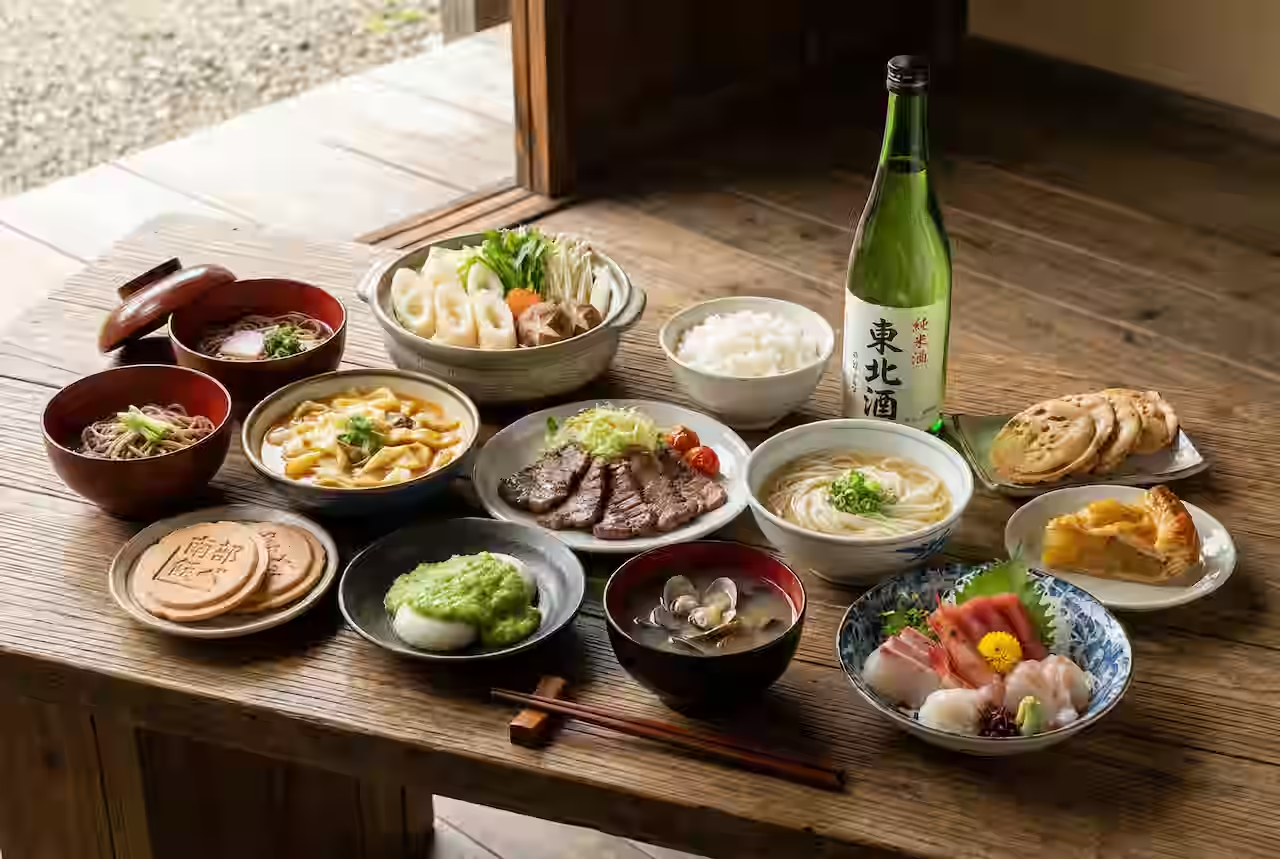

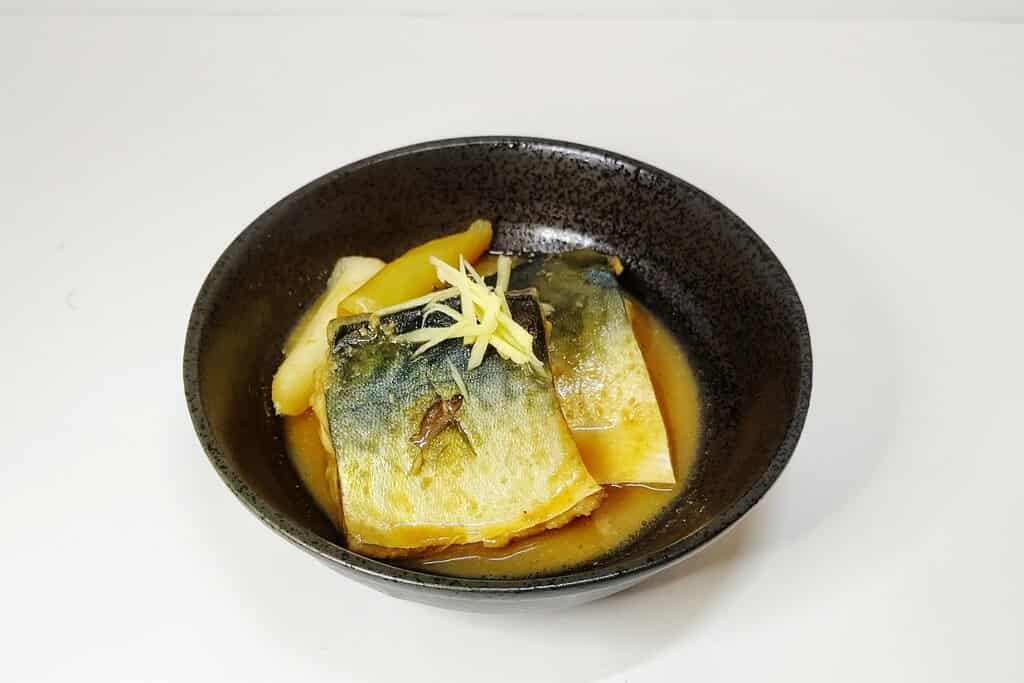
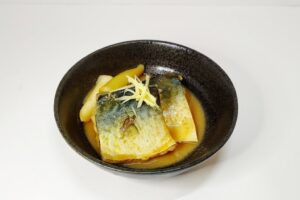
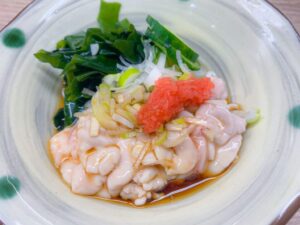
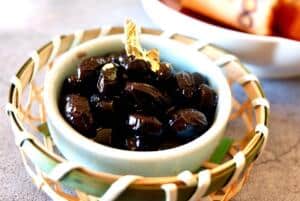
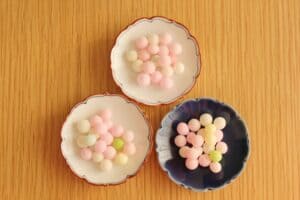
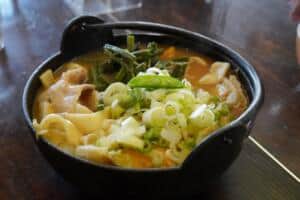
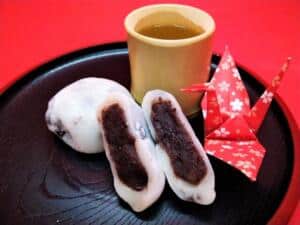
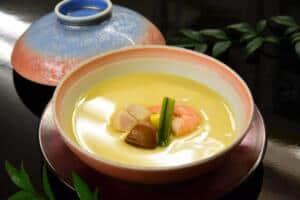
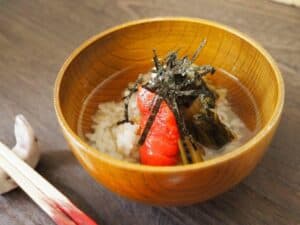
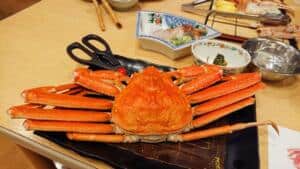
Comments